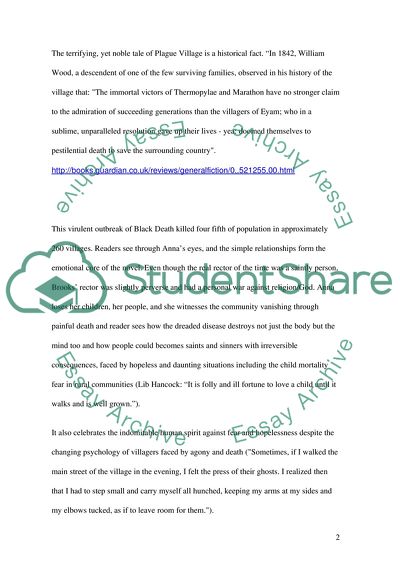Cite this document
(“Reaction Paper on Geraldine Brookss The Year of Wonders Essay”, n.d.)
Retrieved de https://studentshare.org/miscellaneous/1514640-reaction-paper-on-geraldine-brookss-the-year-of-wonders
Retrieved de https://studentshare.org/miscellaneous/1514640-reaction-paper-on-geraldine-brookss-the-year-of-wonders
(Reaction Paper on Geraldine Brookss The Year of Wonders Essay)
https://studentshare.org/miscellaneous/1514640-reaction-paper-on-geraldine-brookss-the-year-of-wonders.
https://studentshare.org/miscellaneous/1514640-reaction-paper-on-geraldine-brookss-the-year-of-wonders.
“Reaction Paper on Geraldine Brookss The Year of Wonders Essay”, n.d. https://studentshare.org/miscellaneous/1514640-reaction-paper-on-geraldine-brookss-the-year-of-wonders.


